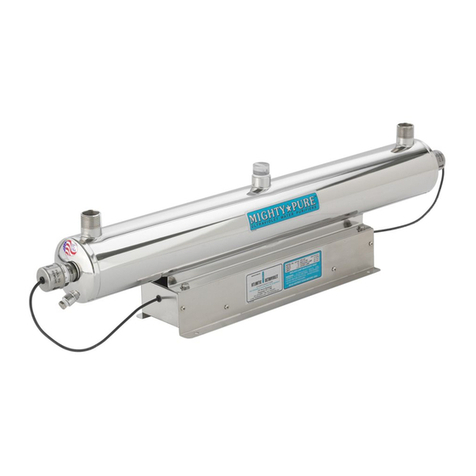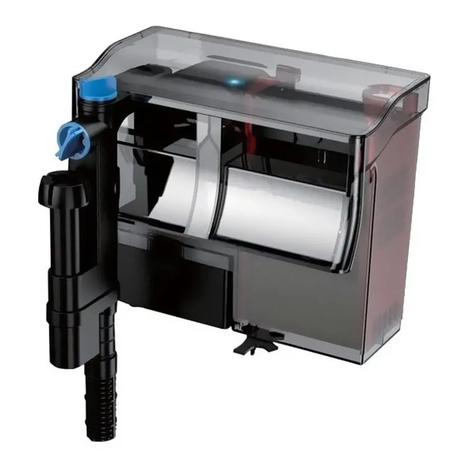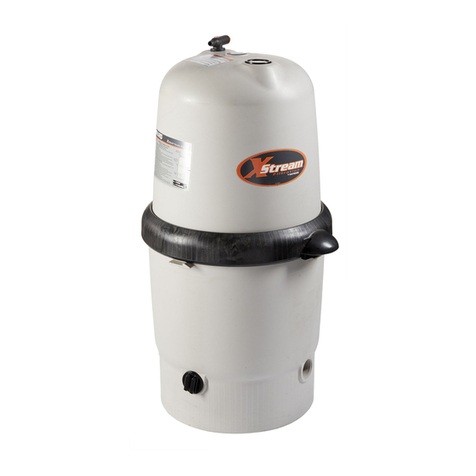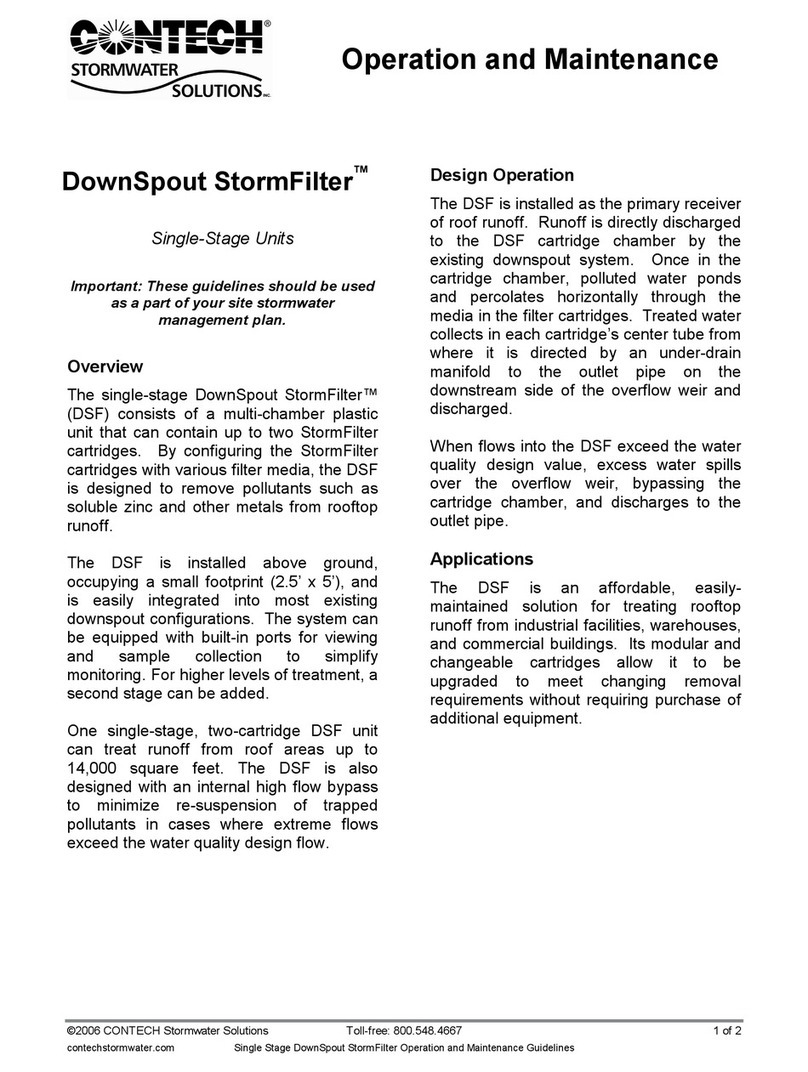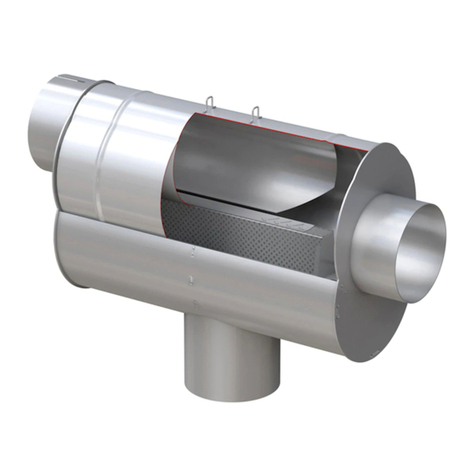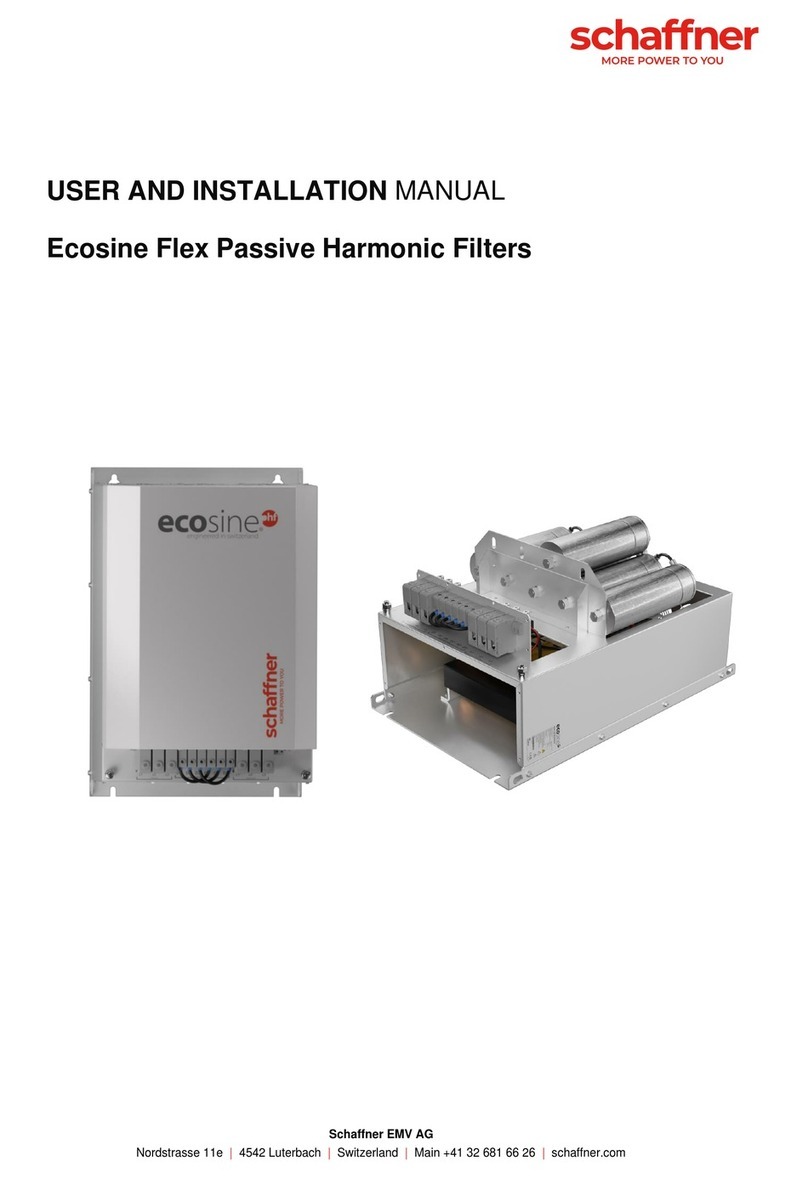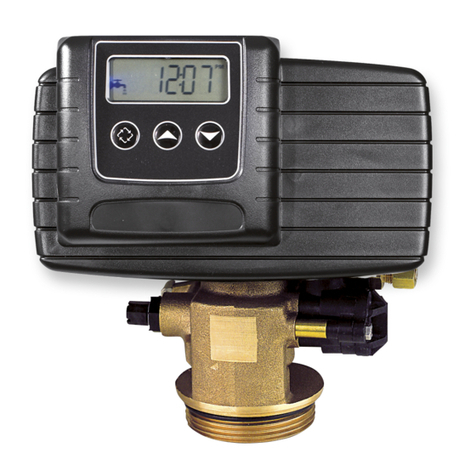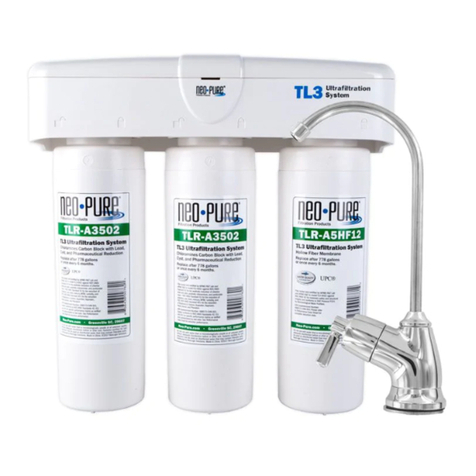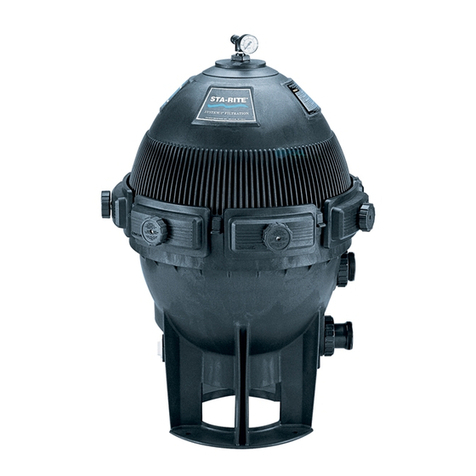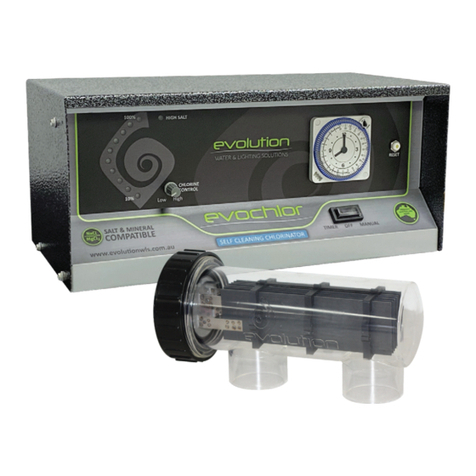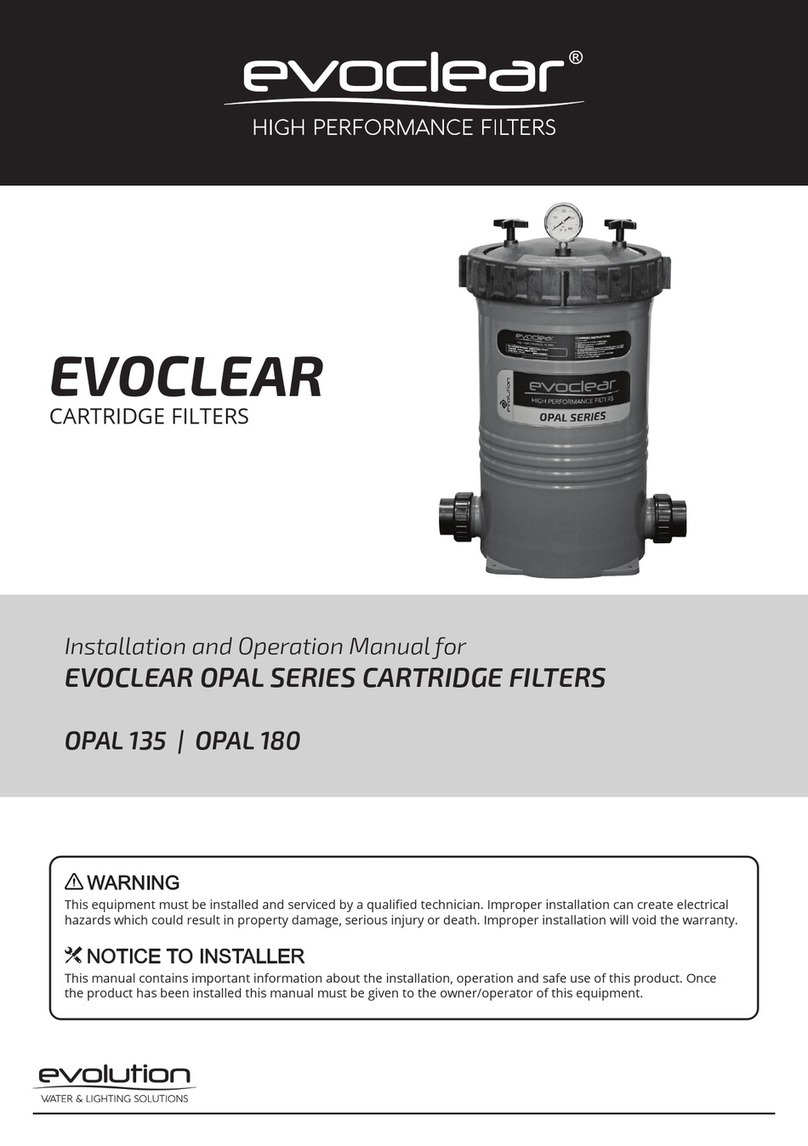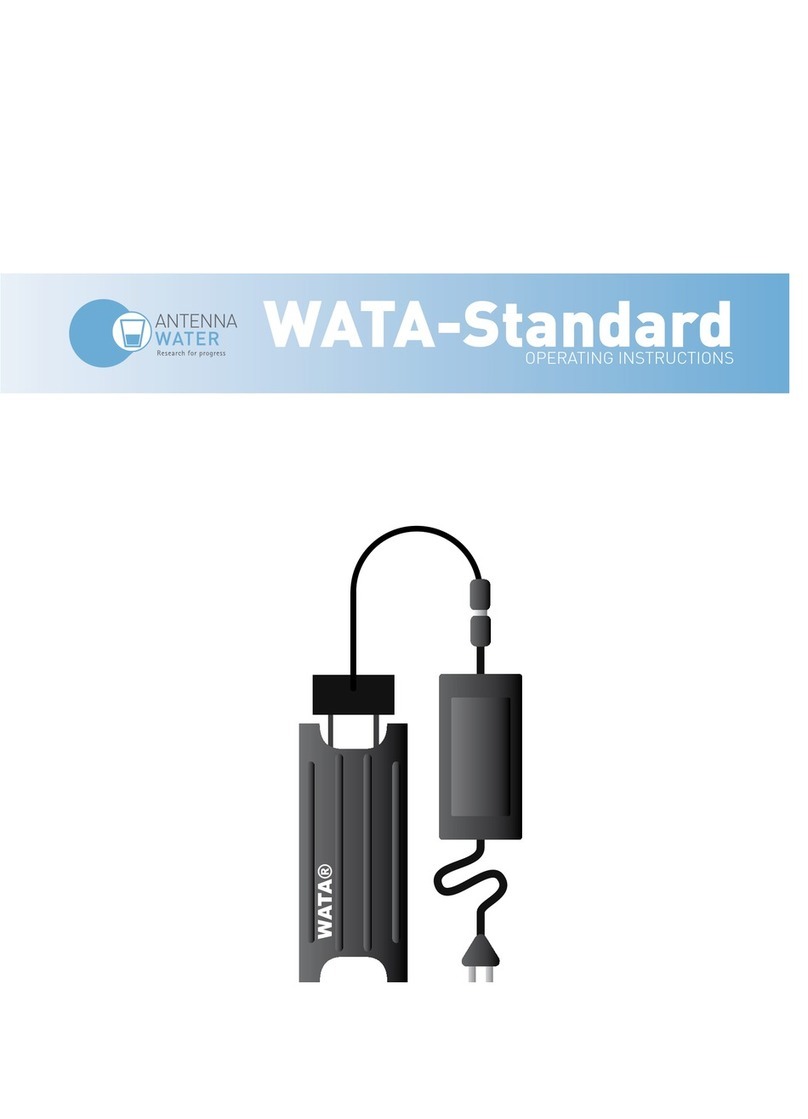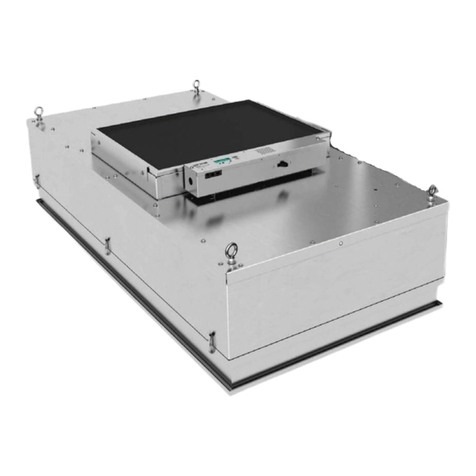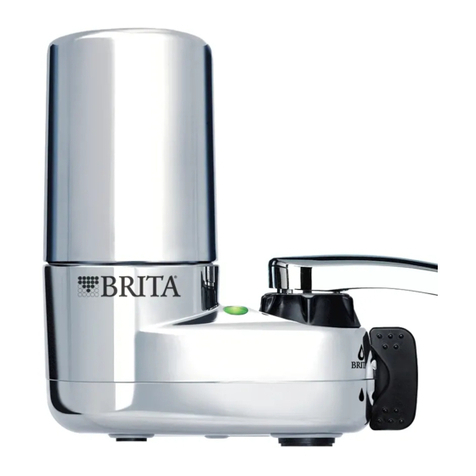
6
5.0 INITIAL STARTUP OF FILTER
5.1 Be sure the correct amount of filter media is in the filter vessel and that all connections
are hand tightened.
5.2 Depress Multiport Valve handle, rotate to the BACKWASH position, and open the air
release valve on the filter or Multiport Valve.
5.3 Note: To prevent damage to control valve seal, always depress handle before turning.
5.4 Switch on the pump and open the Inlet Valve allowing the filter vessel to fill with water.
5.5 Note: If a pump is installed, switch the pump on and off, instead of closing and opening
the Inlet Valve.
5.6 Once a steady flow of water runs through the waste line, close the air release valve and
let the pump run until the wastewater is clear. The initial backwashing of the filter is
recommended to remove any impurities or fine particles from the filter media until the
sight glass is clear. This process may take up to 3 minutes.
5.7 Turn the pump off, rotate to the RINSE position, switch on the pump and open the Inlet
Valve until the water in the sight glass is clear — approximately 10 to 15 seconds.
5.8 Switch off the pump and close the Inlet Valve, set the Multiport Valve to the FILTER
position, switch on the pump, and open the Inlet Valve. The filter is now operating in its
normal filter mode.
5.9 Adjust pool suction and return valves to achieve the desired flow. Check the plumbing
and filter for water leaks and tighten connections, bolts, and nuts, as required.
5.10 Record the pressure gauge reading (start up pressure) during the initial operation. After
a period of use, the accumulated dirt and debris in the filter causes a resistance to flow.
The pressure will start to rise, and the water flow will decrease. When the pressure
gauge reading is 50kPa (7.2psi) higher than the initial start up pressure, it is time to
backwash and clean the filter, see 6.0 Backwashing.
5.11 Note: If the filter is connected to mains water, it is not necessary to record the start up
pressure, as mains pressure tends to fluctuate.
6.0 BACKWASHING
6.1 GENERAL
6.1.1 The function of backwashing is to separate the deposited particles from the filter media
and flush them from the filter bed. Backwashing is achieved by reversing the flow of
water through the filter bed at a fairly high flow rate. This high flow rate expands the
filter bed and the water flow carries the debris out to waste.
6.2 IMPORTANCE OF BACKWASHING
6.2.1 The importance of backwashing cannot be overstated. Without proper and frequent
backwashing, filter media can become ‘packed’ — creating channelling in the filter bed,
loss of efficiency and early exhaustion ofthe filter bed. Moreover, if debris is not flushed
from the media, the filter bed will saturate until the filter fails to operate.
